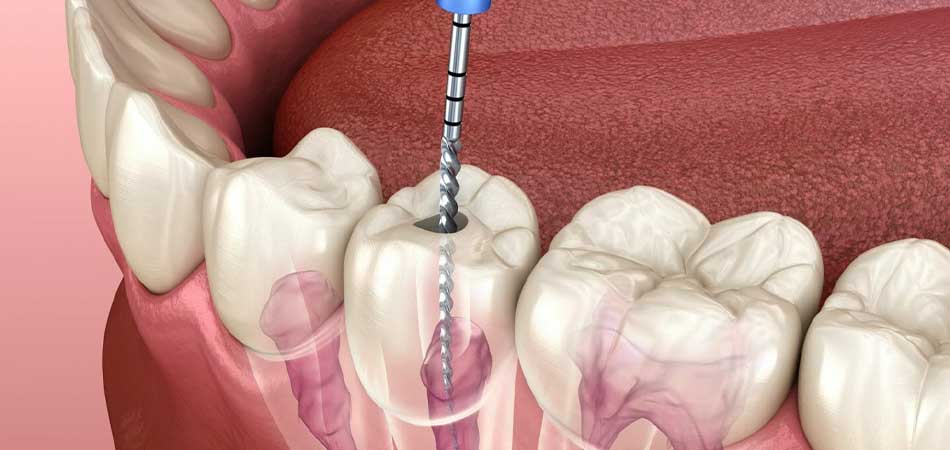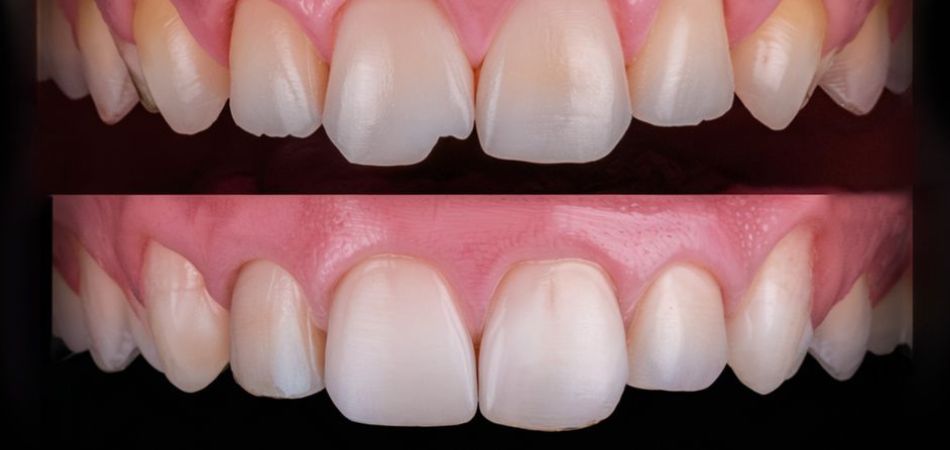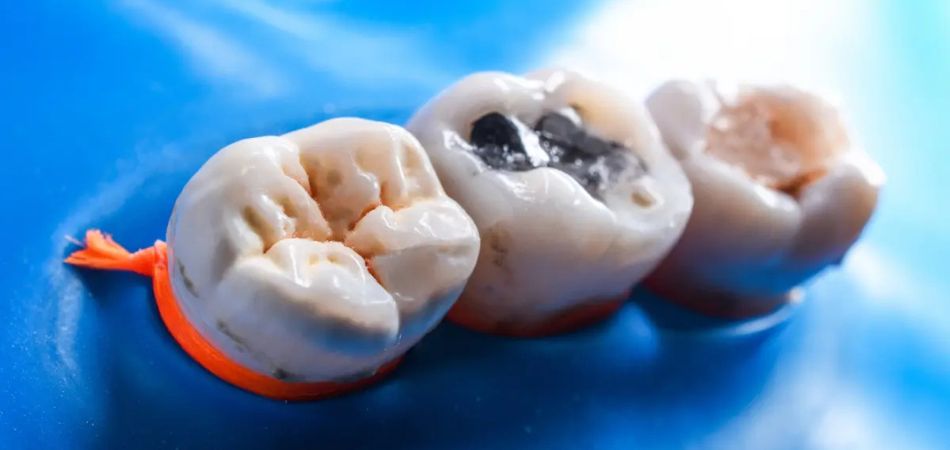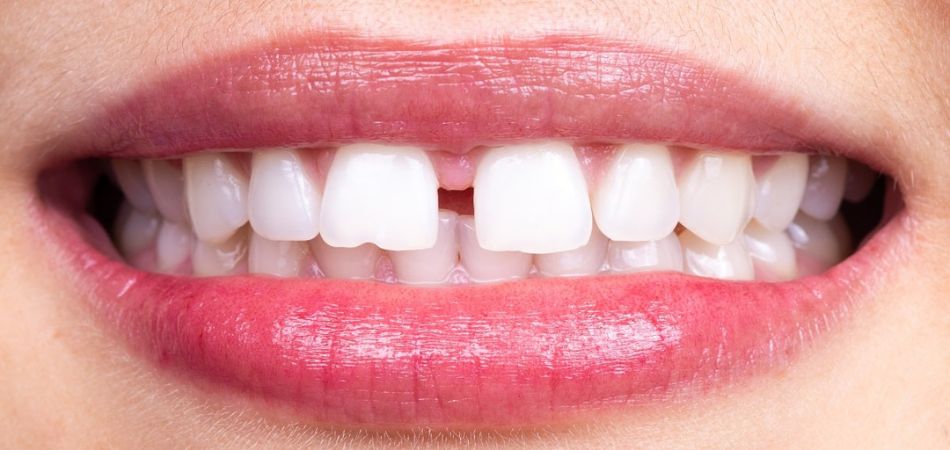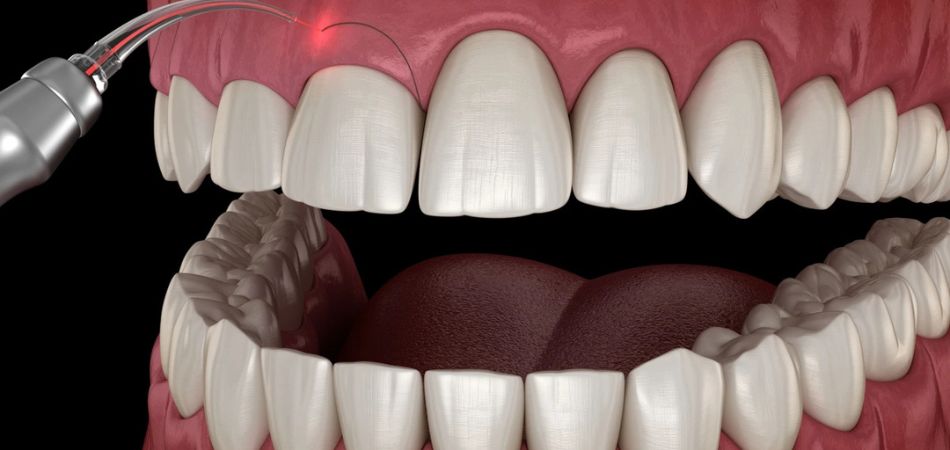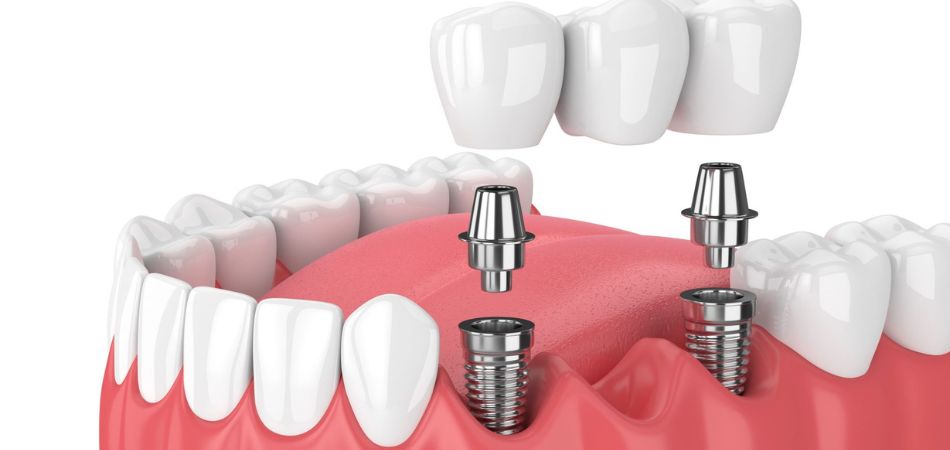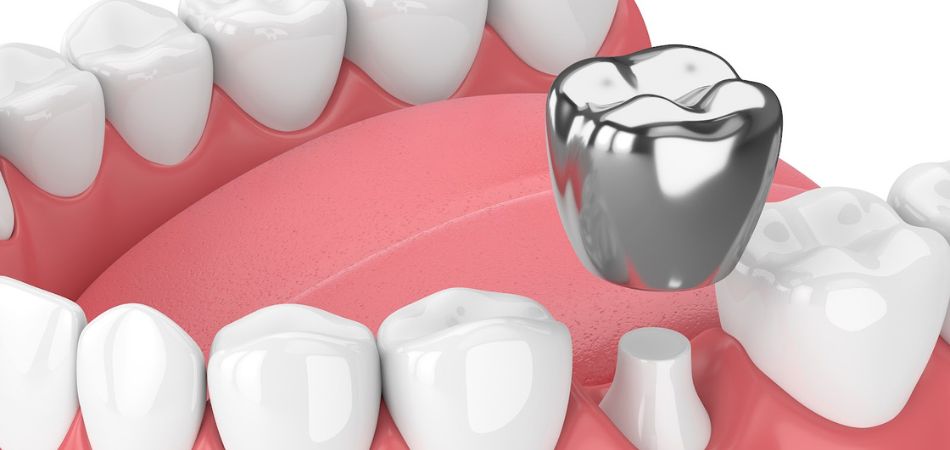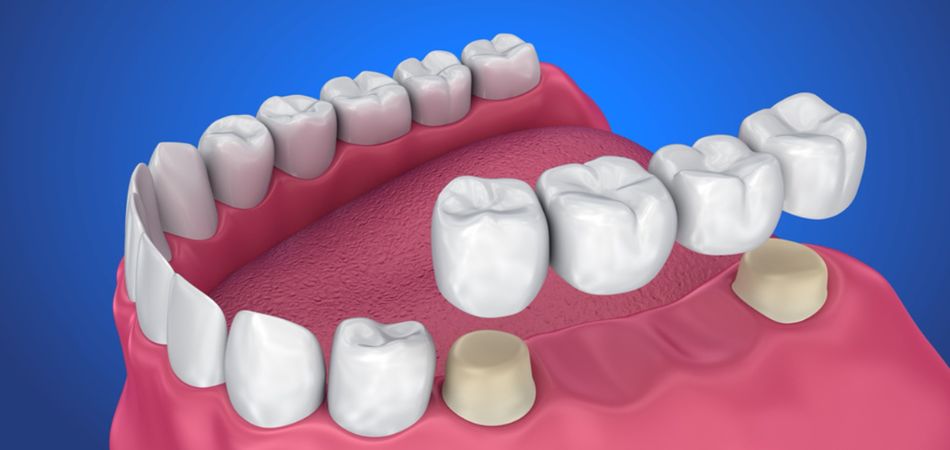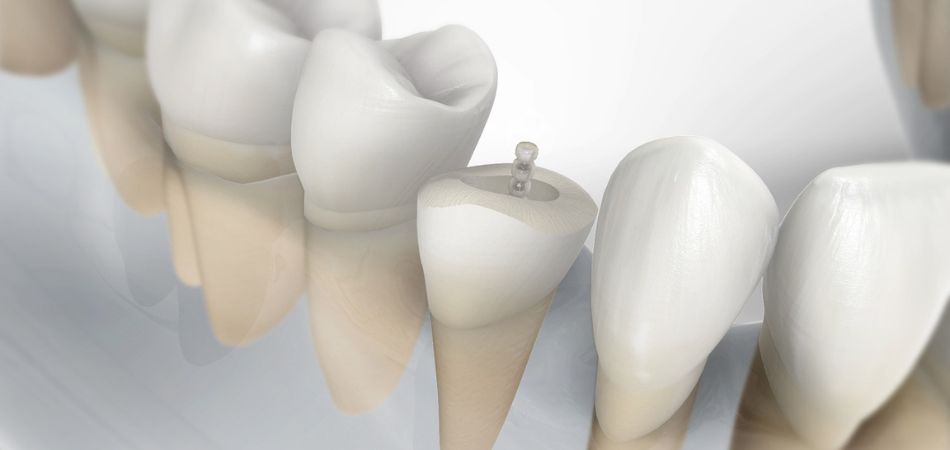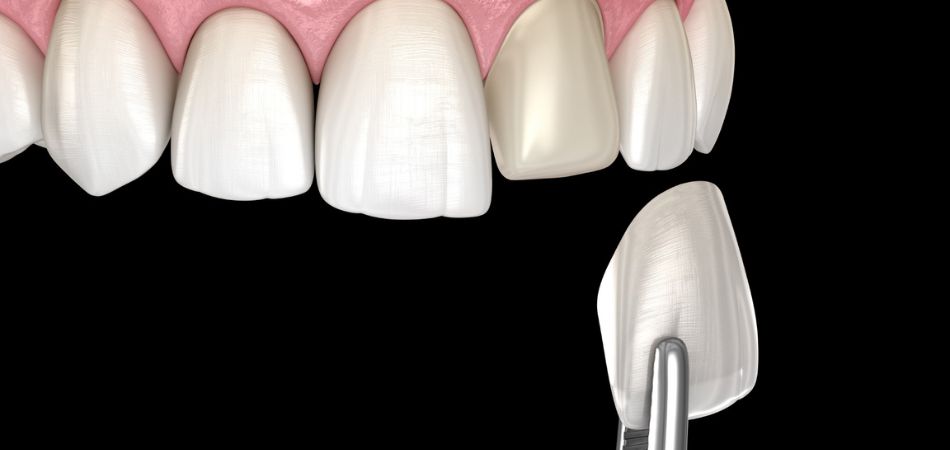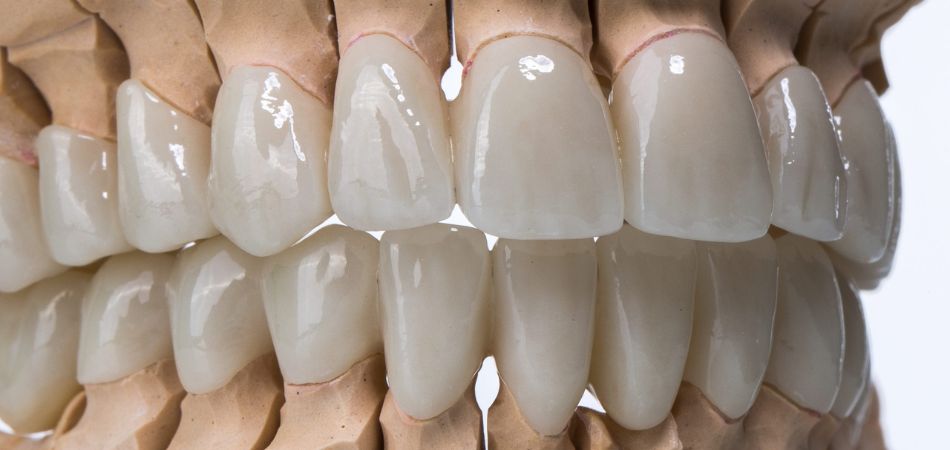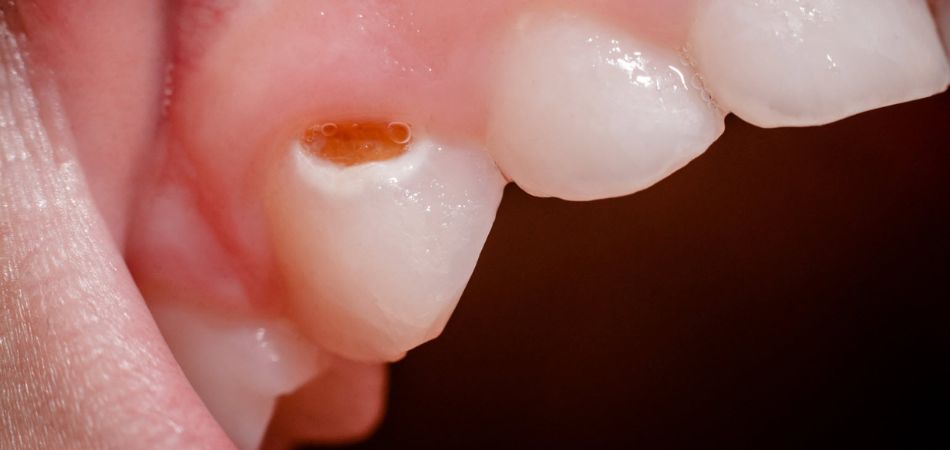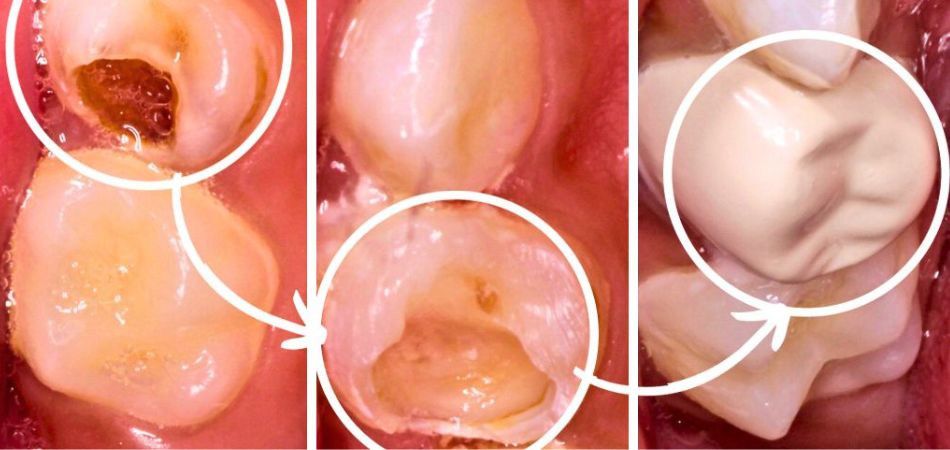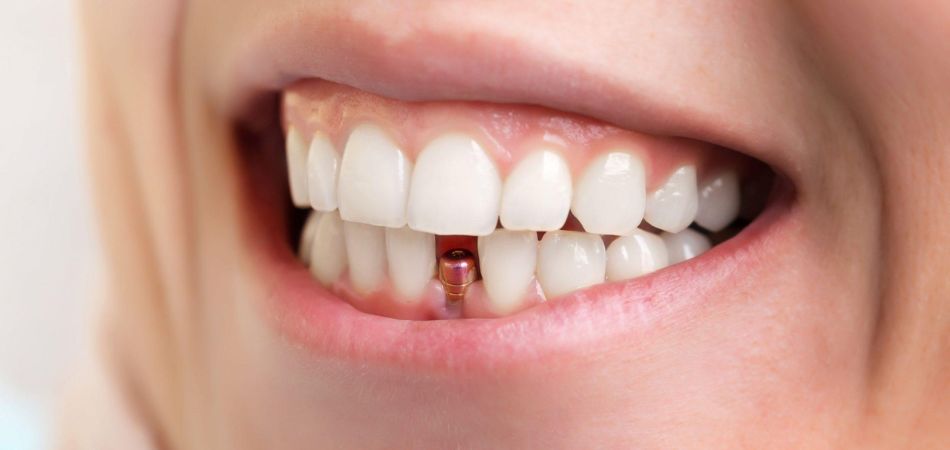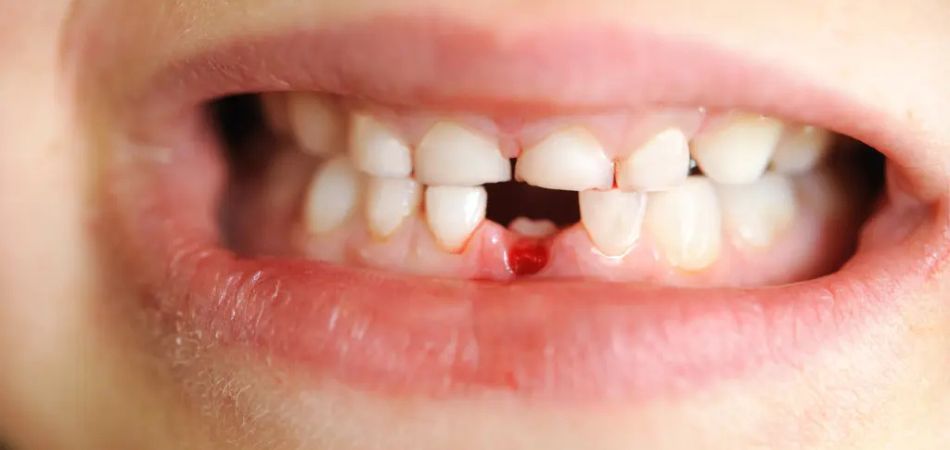We believe informed patients make the best decisions. Explore our services to understand their benefits, procedures and importance. Whether it’s cosmetic, restorative, or essential care, we’re here to guide you toward a healthier smile. Feel free to reach out with any questions.
Tooth whitening is a professional procedure designed to enhance the brightness of your teeth. Unlike over-the-counter products, clinical whitening ensures even results without damaging the enamel. It effectively removes stains caused by food, drinks, or tobacco use. The procedure is painless, quick, and offers long-lasting results. Regular maintenance and good oral hygiene help retain the whiteness over time.
Gingivectomy is a minor surgical procedure used to remove excess or diseased gum tissue, often caused by gum disease, bacterial infections, or excessive gum overgrowth. It helps in reshaping the gum line, improving oral health, and enhancing the overall appearance of the smile. The procedure is performed under local anesthesia, making it painless for the patient. Proper healing and post-procedure care can prevent further gum problems. Gingivectomy is essential for maintaining healthy gums and preventing complications such as periodontal disease, bad breath, and discomfort caused by excessive gum tissue covering the teeth.
Gingivoplasty is a cosmetic and corrective procedure designed to reshape the gums, enhancing the appearance of the smile. It is typically performed to correct irregular gum lines, improve symmetry, or complement other dental treatments such as veneers or braces. Unlike gingivectomy, which removes diseased tissue, gingivoplasty focuses on contouring healthy gums for aesthetic purposes. The procedure is painless due to local anesthesia, and recovery is quick with minimal discomfort. Proper gum contouring not only improves the appearance of the smile but also supports better oral hygiene, reducing the risk of plaque buildup and gum disease.
A dental implant is a permanent solution for missing teeth, providing a natural-looking and functional replacement. The procedure involves inserting a titanium post into the jawbone, which serves as an artificial root. Over time, the bone fuses with the implant, creating a strong foundation for a crown or bridge. Implants improve chewing ability, speech, and facial aesthetics while preventing bone loss. The procedure is performed under anesthesia, making it painless. While some mild discomfort may occur during healing, proper post-care ensures a smooth recovery. Dental implants are highly durable and can last a lifetime with proper maintenance.
Minor surgery of soft and hard tissues involves treating conditions affecting the gums, jawbone, and oral tissues. It includes procedures like gum grafting, frenectomy, cyst removal, and bone reshaping. These surgeries help in correcting gum recession, improving denture stability, or addressing oral infections. Local anesthesia ensures a pain-free experience. Recovery varies depending on the procedure, but proper oral care speeds up healing. Ignoring necessary tissue surgeries can lead to chronic pain, infections, or complications affecting overall oral health. Early intervention can prevent further deterioration and improve both function and appearance.
A dental crown is a protective cap placed over a damaged, decayed, or weakened tooth to restore its shape, strength, and function. It is used after root canal treatment, to support large fillings, or to improve aesthetics. Crowns can be made from various materials like porcelain, zirconia, or metal, offering durability and a natural look. The process involves reshaping the tooth, taking impressions, and fitting the custom-made crown. Properly maintained crowns can last many years. Without a crown, a weakened tooth is prone to further damage, leading to pain or tooth loss.
A dental bridge is a fixed restoration used to replace one or more missing teeth by anchoring to adjacent healthy teeth or implants. It restores chewing ability, maintains facial structure, and prevents remaining teeth from shifting. The procedure involves reshaping supporting teeth, taking impressions, and placing a custom bridge for a natural look. Proper oral hygiene and regular dental check-ups help in maintaining a bridge for years. Ignoring missing teeth can lead to bite problems and jawbone deterioration. A bridge is a cost-effective and reliable solution for a complete, functional smile.
Post core build-up is a procedure that strengthens a severely damaged or root canal-treated tooth before placing a crown. A post is inserted into the tooth’s root for support, and a core material is built around it to restore its shape. This process ensures the tooth can hold a crown securely, preventing future fractures. Without a post core build-up, weak teeth may not support restorations and could break easily. The procedure is painless and crucial for preserving dental integrity and prolonging the life of a crown or bridge.
Composite veneers are thin layers of tooth-colored resin applied directly to the front of teeth to enhance their appearance. They are a cost-effective alternative to porcelain veneers and are used to correct discoloration, minor misalignment, chips, or gaps. The procedure is minimally invasive, often requiring little to no enamel removal. Composite veneers improve aesthetics instantly, but they require proper care to maintain their appearance. They are a great option for those seeking a quick smile transformation. Without veneers, cosmetic imperfections may affect confidence and smile aesthetics.
Zirconium veneers are ultra-durable, natural-looking covers placed over teeth to enhance their appearance. Made from high-quality zirconia, they offer superior strength and resistance to staining. These veneers are ideal for correcting discoloration, misshapen teeth, or gaps while maintaining a natural translucency. The procedure involves minimal enamel removal and is performed under local anesthesia for comfort. Proper maintenance ensures long-lasting results. Without veneers, cosmetic imperfections may affect confidence, and teeth may remain vulnerable to further damage or discoloration.
Pulpectomy is a dental procedure performed on primary (baby) teeth when deep decay or infection reaches the pulp. It involves removing the infected pulp tissue, disinfecting the root canals, and filling them to prevent further infection. The procedure is similar to a root canal but is tailored for children to save the tooth until it naturally falls out. It is painless under anesthesia and helps maintain proper oral development. Ignoring a needed pulpectomy can lead to severe pain, abscess formation, and premature tooth loss, affecting speech and chewing.
A crown fracture is a break or crack in the visible part of a tooth, often caused by trauma, accidents, or biting hard objects. Treatment depends on the severity of the fracture, ranging from bonding to a full crown restoration. Prompt treatment prevents infection and further damage. Without care, a fractured tooth can lead to sensitivity, pain, or infection.
SERVICES IN DETAIL
